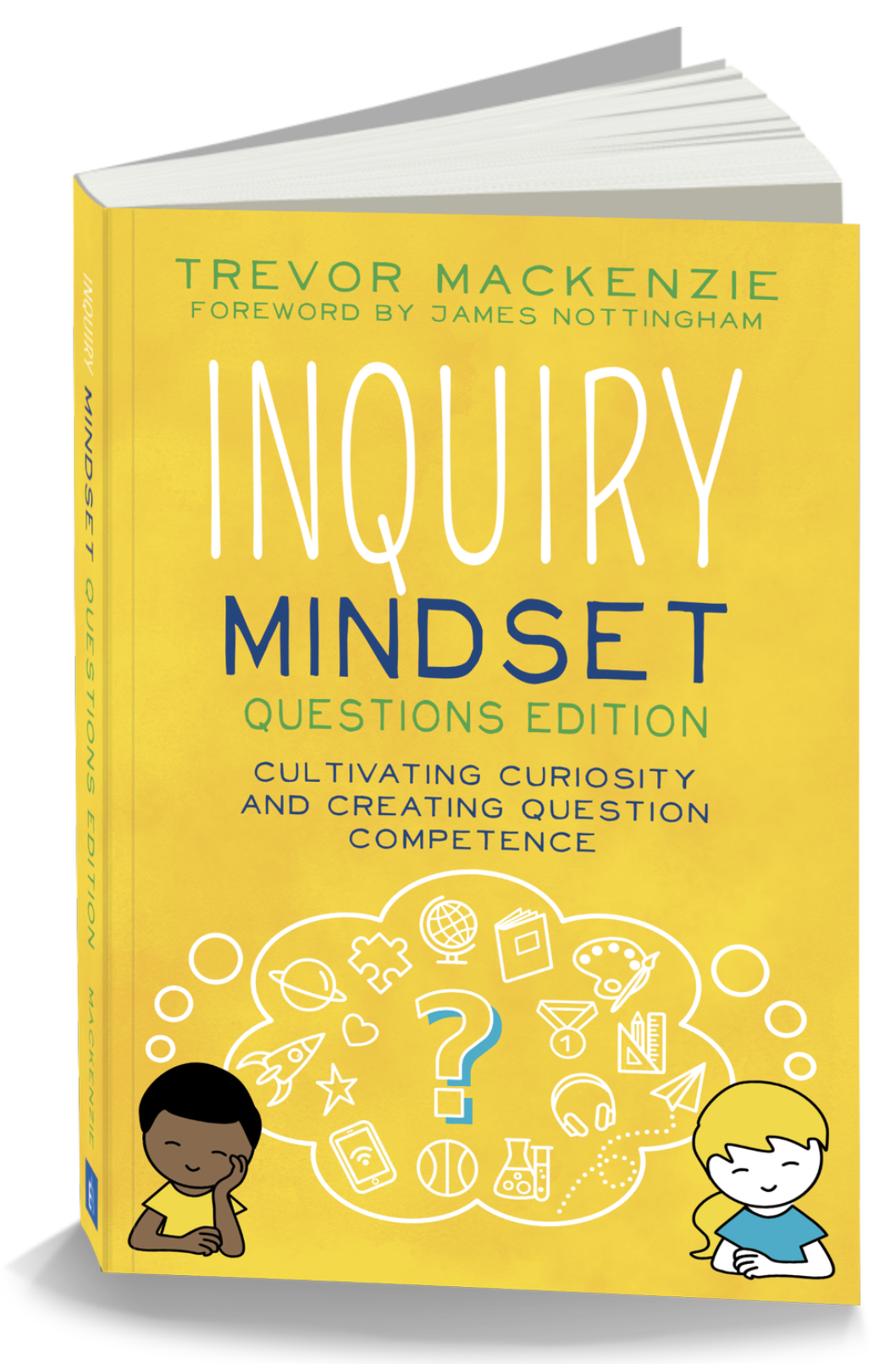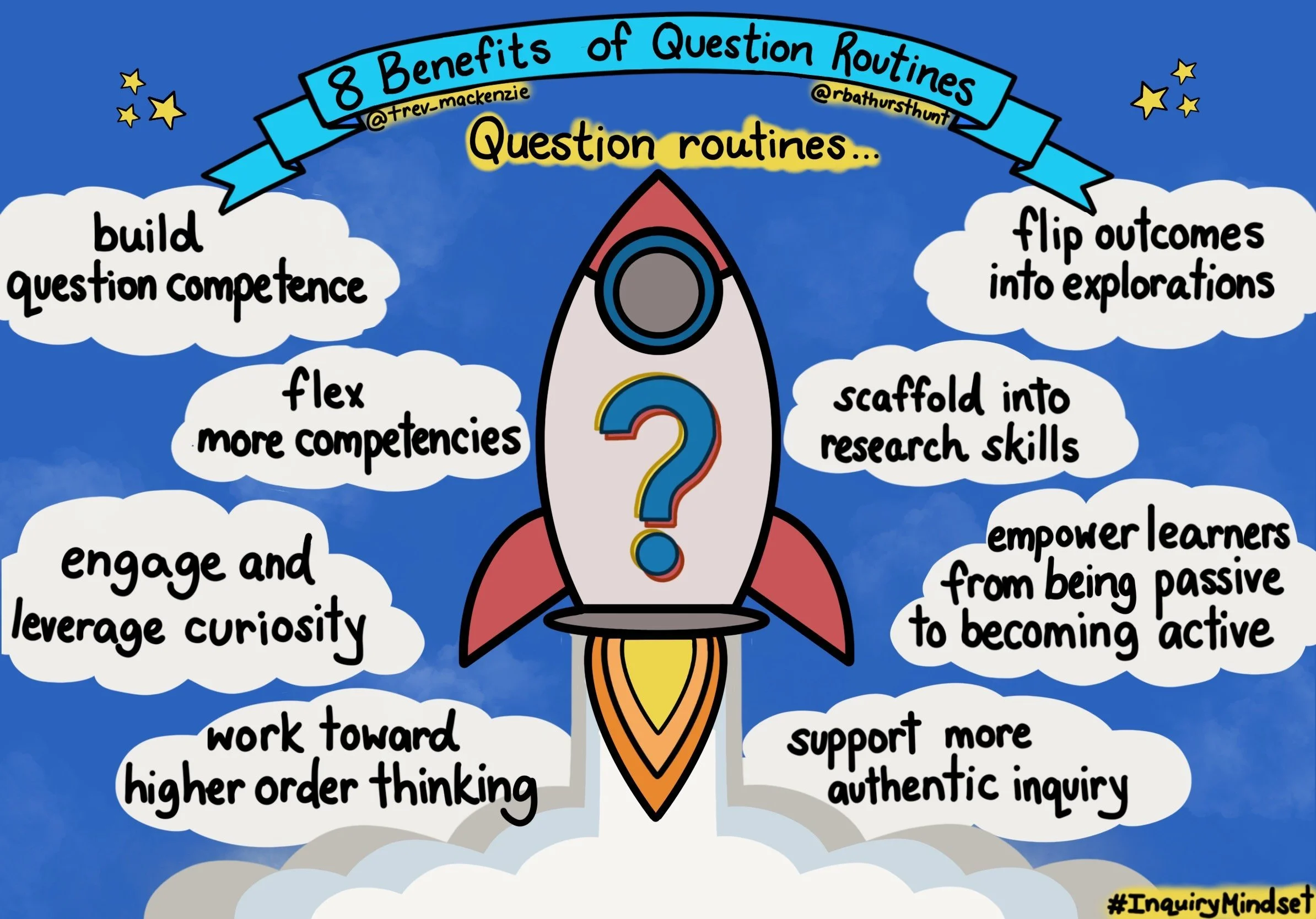The Science of Self-Directed Learning: How Routines Shape Our Brains for Curiosity and Inquiry
In today’s rapidly changing world, the ability to learn continuously and independently is more important than ever. But how can we help students develop this skill? The answer lies in the science behind learning routines. Research shows that by intentionally creating environments where students practice curiosity and inquiry, we can rewire their brains to become self-directed, lifelong learners.
Dr. Carol Dweck’s research on growth mindset tells us that intelligence isn’t fixed—it grows with effort and practice. When students regularly engage in learning routines, they activate neuroplasticity: the brain’s ability to form new connections and reinforce pathways through repetition. As they practice curiosity and problem-solving, these behaviors become second nature.
Dr. Andrew Huberman’s work further supports this, showing that habits and routines—when practiced consistently—create automatic, effortless learning behaviors. This means that through structured inquiry routines, students can train their brains to approach challenges with curiosity and confidence.
Visit: Trevor MacKenzie’s website
We’ve all experienced learning through repetition—for a skill we’ve each honed over time. How did consistency and practice help us improve? Practice might not always make perfect, but the repetition often gives us confidence to extend ourselves in our skillsets. With well developed routines that guide students to inquire, students can learn how to learn for themselves.
In inquiry-based classrooms, students don’t just answer questions—they ask them. By engaging students in open-ended questions and reflection, we put them in control of their learning. Trevor MacKenzie’s work on question competence highlights how students can develop this skill through regular practice. Teachers can help by using simple yet powerful strategies like provocations to advance student competency to generate questions, whereby learners explore topics that matter to them. When students co-design their learning experiences and ask their own questions, they become active participants in their educational journey. This approach strengthens their sense of agency and curiosity, making them more likely to take ownership of their learning long after they leave the classroom.
Reflection is the bridge between routine and mastery. When students reflect on their learning—whether through journaling, peer discussions, or self-assessments—they make sense of their experiences and understand what works for them. This process not only reinforces the content but also builds the metacognitive skills necessary for lifelong learning.
By integrating routine reflection into the classroom, students are encouraged to think critically about their learning journey, build resilience, and strengthen their ability to self-regulate. These habits prepare them to navigate challenges both inside and outside the classroom.
To help students develop the skills they need to succeed in a constantly changing world, we must create more opportunities for inquiry and reflection. By integrating simple, consistent routines into the classroom—routines that encourage curiosity, self-assessment, and critical thinking—we can equip students with the tools they need to keep learning long after they leave school.
The science of neuroplasticity and growth mindset tells us that learning is a process, not a destination. By fostering routines that promote curiosity, reflection, and agency, we can help students develop the skills they need to become self-directed, lifelong learners. The next step is in our hands—let’s create spaces where inquiry thrives and students are in control of their own educational journey.
For more, listen to S1.E4: “From Compliance to Curiosity: Transforming Education with Inquiry-Based Learning”
References & Recommended Resources
“Mindset: The New Psychology of Success” by Carol Dweck – This book delves deeply into the concept of growth mindset and its transformative power in education, teaching us how beliefs about intelligence can shape our learning and success. (Amazon Store)
“The Power of Habit: Why We Do What We Do in Life and Business” by Charles Duhigg – Though not specifically about neuroplasticity, Duhigg’s exploration of habit formation connects well with Huberman’s research on how repetition strengthens neural pathways. (Amazon Store)
The Huberman Lab Podcast – For those interested in diving deeper into neuroplasticity and habits, Dr. Huberman’s podcast is a great resource. It covers topics like brain health, learning, and behavior change. (Listen here)

